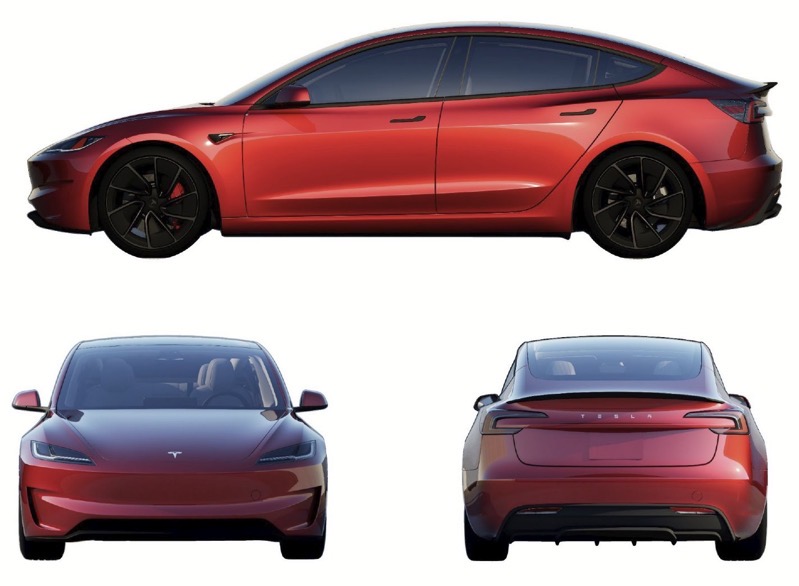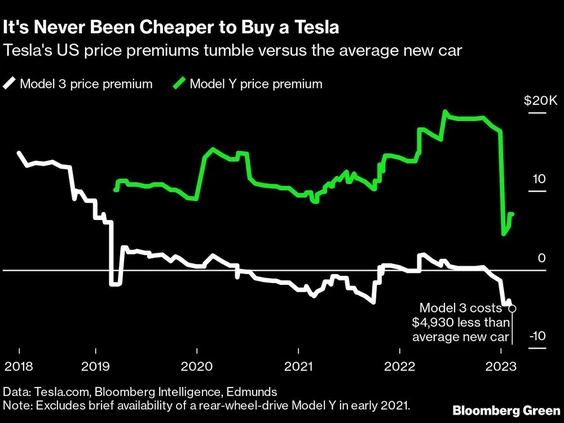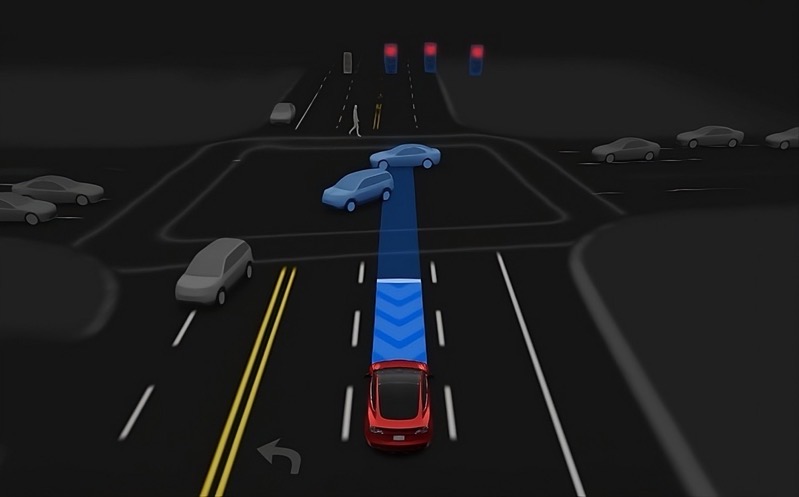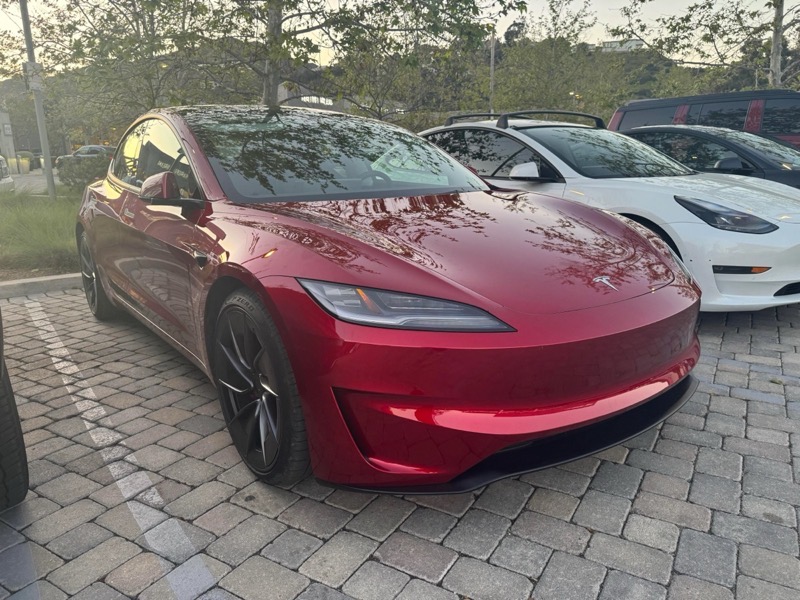
Tesla Model 3 Pricing Now $5,000 Cheaper than Average New Car in U.S.

With Tesla’s electric vehicle (EV) prices lower than ever following recent price reductions, some are asking if the company has finally reached price parity.
Tesla’s price cuts have the Model 3 selling for $4,930 less than the average new vehicle in the U.S., according to new data in a report from Bloomberg. Tesla cut prices on all its models on January 12, including a drop of up to $11,000 on certain Model 3 trims.
The pricing model is Tesla’s cheapest ever price compared to the overall market, as the data shows. The Model 3 starts at $42,990 USD and that doesn’t include the U.S. $7,500 tax credit and other state incentives, taking it even lower (Oregon has a $2,500 incentive; California’s clean vehicle rebate offers up to $4,500), down to $30,990 in California for eligible buyers.
Similarly, Tesla’s Model Y saw a $13,000 price drop at the beginning of the year, after the vehicle was the third-best-selling SUV in the U.S. last year.

Image: Bloomberg
In response to what many analysts dubbed a “price war” lodged by Tesla, some automakers elected to lower than own prices. These included Ford’s cuts to Mustang Mach-E prices, and discounts from startup EV company Lucid on the flagship Air sedan.
Other legacy and startup automakers elected not to lower prices, including Volkswagen and Chinese Tesla rival NIO, which said the move was “not an ideal solution.”
While prices of Tesla vehicles have shifted down, gas car pricing has gone up. The average cost of a new fossil fuel car in the U.S. has jumped over $10,000 since the start of the COVID-19 pandemic, now at $47,920 USD, as of January 2023. This price increase has been due to global parts and chip shortages and material inflation. Traditional automakers are also limiting production of gas cars to keep prices high, while they also spend more to develop EVs.
Some small EV businesses that aren’t yet turning a profit will be in a tough position, now deciding whether to have to sacrifice already-low profit margins by cutting prices or to risk losing out on consumer appeal.
Tesla Increases Model Y Prices in the U.S., Yet Again https://t.co/STsY0Tm6QT
— TeslaNorth.com (@RealTeslaNorth) February 11, 2023

